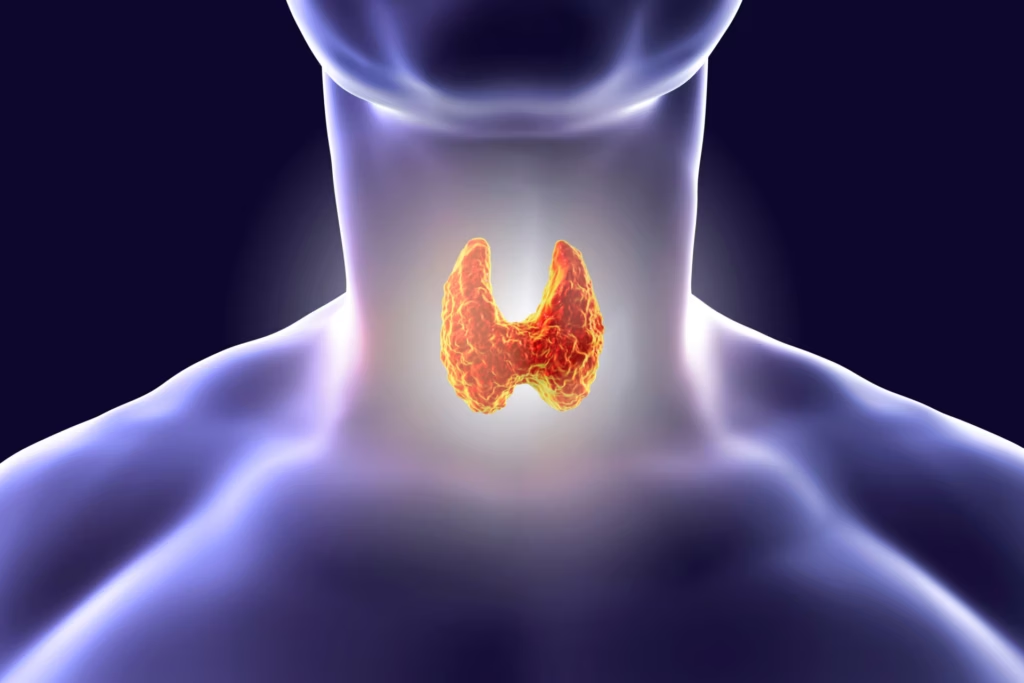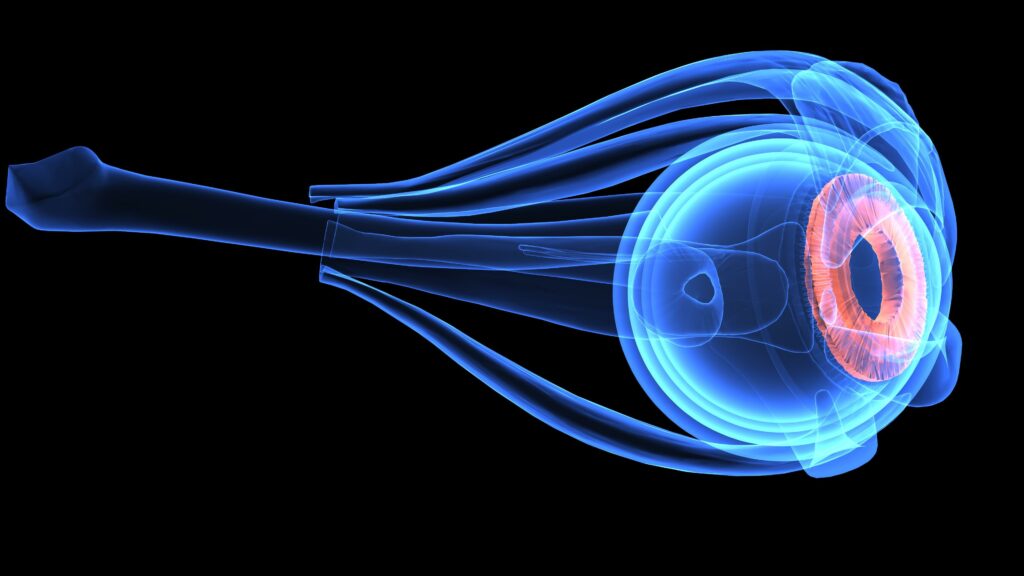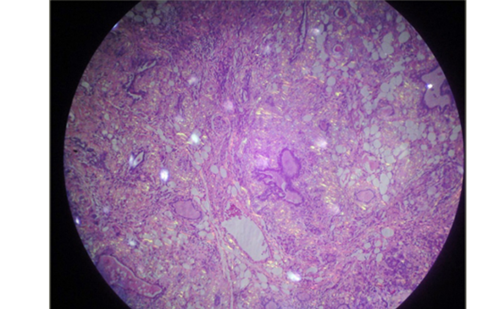Thyroid Disorders
An Introduction to Thyroid Disorders
Thyroid disorders encompass primary thyroid disease (hypothyroidism, thyrotoxicosis, thyroid enlargement), thyroid cancer and thyroid disease in pregnancy. Hypothyroidism is a highly prevalent global health problem. It can be successfully managed by lifelong treatment with levothyroxine, but challenges include underdiagnosis, optimal treatment of subclinical hypothyroidism, and the use of levothyroxine monotherapy versus combination with triiodothyronine. Thyroid cancer advances include therapies targeting the MAPK and PI3K/AKT/mTOR pathways, or VEGF, and have resulted in significant clinical benefits. Immunotherapies also appear promising. However, improved options are needed for patients with radioiodine-refractory differentiated thyroid cancer and undifferentiated cancers.
Browse our gallery of video highlights and short articles from the conference hub, providing the latest expert insights from major conferences and peer-reviewed articles from the journal portfolio.
Our supporting partners do not constitute an endorsement of the content on this page.

Thyroid eye disease (TED), also known as Graves’ orbitopathy, is a complex autoimmune disorder driven by an interplay of immune cells, orbital fibroblasts and tissue remodelling factors that lead to inflammation, oedema and, ultimately, potential vision loss.1 While the disease ...

Physician burnout is at a critical point. In this episode, Nicky speaks with Dr Alfred Atanda about why so many physicians are burning out and what can be done to change the trend. From personal experience to system-wide solutions, Dr Atanda shares valuable insights on improving physician well-being and building a more effective healthcare culture.

Eneboparatide is an investigational parathyroid hormone receptor 1 (PTH1R) agonist, designed to bind with high affinity to a specific conformation of PTH1R, which is expressed in the kidneys and bone. The goal of treatment is to restore function by producing sustained and stable levels of calcium in the blood and by restoring calcium reabsorption by the kidney.2,3 Eneboparatide has been developed to have a short half-life in order to preserve bone health.

It is with great pleasure that we present this latest issue of touchREVIEWS in Endocrinology, which brings together a diverse array of high-quality articles focused on the evolving landscape of endocrine disorders. The importance of patient-centred care is exemplified in ...

This systematic review and meta-analysis investigate the efficacy of teprotumumab, a novel monoclonal antibody, in reducing proptosis for patients with long-duration thyroid eye disease (TED). While teprotumumab has shown promise in treating active TED, its effectiveness in chronic cases remained ...

Hypercalcaemia is a common clinical condition in hospitalized patients. Malignancies and primary hyperparathyroidism (PHPT) are the two most common causes of hypercalcaemia in hospitalized patients.1–3 Apparently, there is a changing profile of hypercalcaemia in India, especially in hospital settings, because ...

Three experts discuss the underlying mechanisms of thyroid eye disease, risk factors, symptoms and diagnosis









Members of the endocrinology community gathered in Stockholm, Sweden, for the 26th European Congress of Endocrinology (ECE 2024), eager to explore the latest advancements and exchange knowledge and insights. Here are some of the standout abstracts that captured our attention:

Hyperthyroidism is prevalent in 0.1–2.5% of the population, and Graves’ disease is diagnosed in 80% of patients with hyperthyroidism.1,2 This condition arises from the uncontrolled, excessive activation of the thyroid-stimulating hormone (TSH) receptor by autoreactive TSH-receptor antibodies.2 Elevated thyroid hormones in hyperthyroidism ...

Thyroid nodules are common worldwide, and their prevalence is increasing. Most nodules are asymptomatic and detected incidentally on cross-sectional imaging or physical examination. In rare cases (10–15%), nodules are malignant and require diagnostic evaluation. Even malignant nodules frequently show non-aggressive behaviour.1 ...

Welcome to the latest edition of touchREVIEWS in Endocrinology, which features a range of review, case report and original research articles that highlight some key developments in our understanding and management of endocrinological disease. We begin with a commentary from ...

Amyloid goiter (AG) is a benign condition characterized by the deposition of amorphous proteinaceous material in the thyroid gland to an extent that results in detectable enlargement during clinical evaluation.1–3 Amyloid can infiltrate the thyroid gland in 15–50% of individuals with ...

In the USA, neck ultrasound (US) identifies thyroid nodules (TNs) in 30–50% of adult patients.1,2 Given that the risk of malignancy (ROM) for all combined thyroid nodule types ranges from 5% to 15%,2,3 current guidelines recommend US of the neck initially, to identify ...

Prof. Brose explores how individual patient profiles underpin personalized medicine in thyroid cancer.

Alopecia is a dermatological disorder characterized by hair loss from the scalp or body.1–3 It is one of the most common dermatological disorders worldwide and has several aetiologies, such as hereditary background, hormonal imbalance, infection or idiopathic causes.1,3,4 Alopecia can ...

Parathyroid carcinoma is a rare endocrine neoplasm with an incidence of 0.5–2.0% of all cases of primary hyperparathyroidism (PHPT).1 It was first described in 1904 by de Quevain, when it was found in a patient presenting with a non-functioning parathyroid mass.2 Around 26 ...
Latest articles videos and clinical updates - straight to your inbox
Log into your Touch Account
Earn and track your CME credits on the go, save articles for later, and follow the latest congress coverage.
Register now for FREE Access
Register for free to hear about the latest expert-led education, peer-reviewed articles, conference highlights, and innovative CME activities.
Sign up with an Email
Or use a Social Account.
This Functionality is for
Members Only
Explore the latest in medical education and stay current in your field. Create a free account to track your learning.




